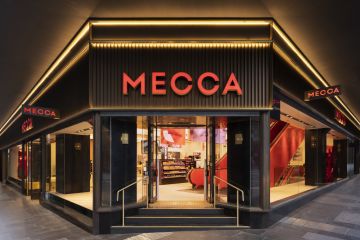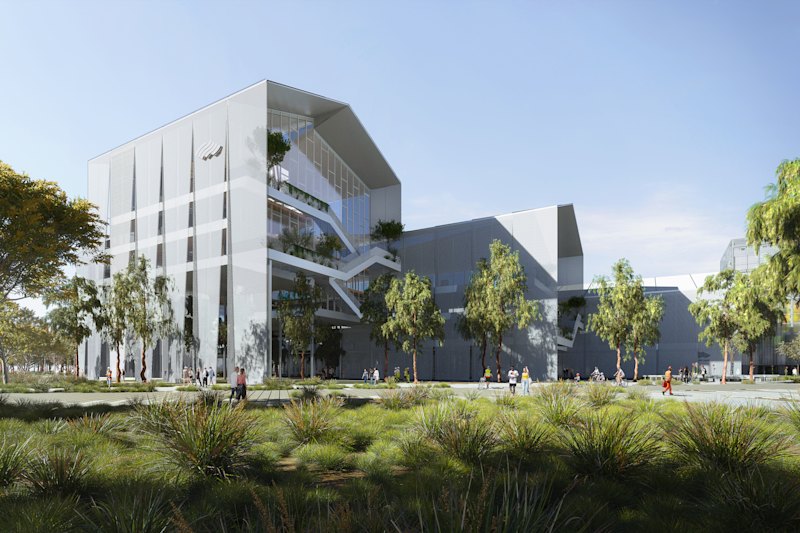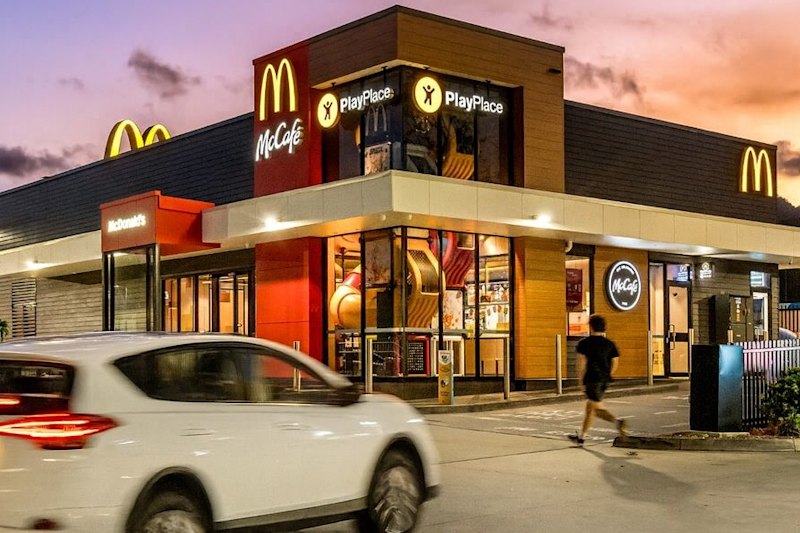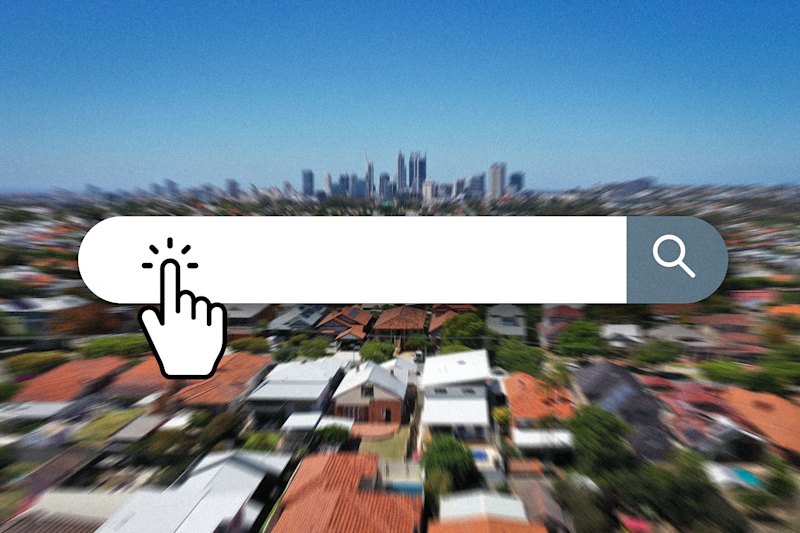Baby-faced Brisbane: analysts say more millennials headed to the city

The face of inner city Brisbane is changing and soon it will be much younger, analysts suggest.
As the cranes leave the skyline and developments open their doors, the majority of new residents are tipped to fit in the 20 to 34-year-old age bracket.
Research from Urbis shows sales for one bedroom and bathroom apartments grew over the last quarter, making up 39 per cent of sales.
Assistant director Paul Riga said investors with their eyes on the millennial market were driving the spike.
“The investment group is spread as far as age groups,” he said. “The end residents of those one-bedroom products is typically your younger market.”
Mary Lane project marketers Colliers International agreed that investors were snapping up one-bedroom apartments, which were generally preferred by a younger crowd.
“They’ll target renters,” Colliers project manager Rachel Hutson said. “The people that are studying in town, and then people who are working in town and head elsewhere during the weekend.”
Mr Riga said the expected influx had the industry looking forward to years of planning becoming reality. “We’re excited by it because what it will do is turn a lot of those inner Brisbane [areas] and these activity centres that have been planned for a while now into centres that buzz,” he said.
Mr Riga said, where millennials go, businesses targeting their disposable income would follow close behind.
“More restaurants, more cafes and more bars are opening up in those areas, to cater for that market.”
He suspected the influx of millennials would happen sooner rather than later.
“2017 will likely be our biggest year of settlements that we’ve seen,” Mr Riga said. “By the end of 2017 we’ll see the bulk of the cranes in the sky, those buildings that are currently under construction finish.
“And by that point we’ll certainly be seeing a lot more energy again.”
Residents aged 20 to 34 already make up about 50 per cent of the population, but Mr Riga said that number would rise as apartment developments began to deliver.
“We’re already starting to see that. We’re actually in the midst of it at the moment,” he said. “It’s been led by the residential developments in these [areas] … like South Brisbane, Newstead, Fortitude Valley.”
But first-home-buying millennials weren’t picking the smaller inner city apartments to be their entry into the real estate market. Ms Hutson said owner occupiers tended to be “upgraders” coming from smaller and less luxurious apartments elsewhere and the majority of owner occupiers in Mary Lane would live in the two- or three-bedroom apartments.
“They’re second and third home buyers,” she said. “It’s more of a flight to quality to those buyers.”
Mr Riga wasn’t expecting first-home buyers to swoop though, as affordable outlying areas were keeping them from straying too close to the city.
First home buyers were attracted to apartments in the suburbs for their lower price point, Ms Hutson said, adding that one-bedroom apartments were performing well there too.
The Lime Living project in Canon Hill had seen Brisbane locals snap up off-the-plan properties as their entry into the housing market, she said.
“Our sales executive worked with first-home buyers who had been struggling to save for a deposit on higher priced properties and watching the market run away from them while they tried to do so,” Ms Hutson said.
“Choosing a one-bedroom apartment allowed the buyers to secure an apartment at today’s pricing with the funds they had already saved.”
We recommend
We thought you might like
States
Capital Cities
Capital Cities - Rentals
Popular Areas
Allhomes
More
- © 2025, CoStar Group Inc.







